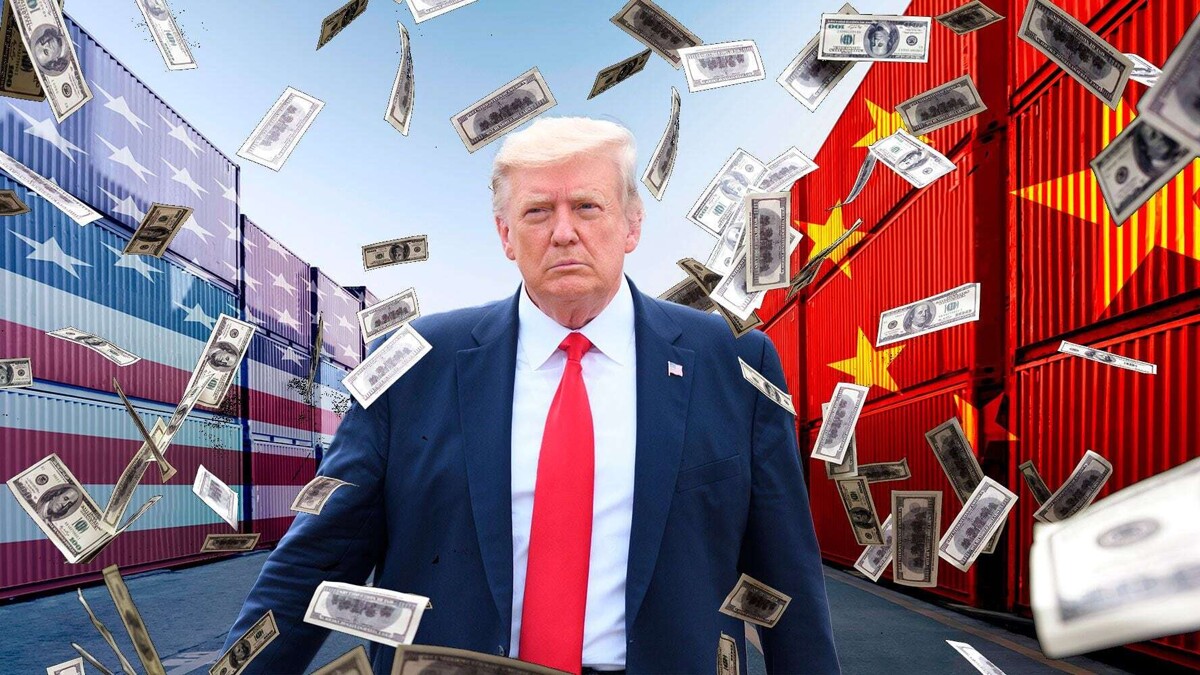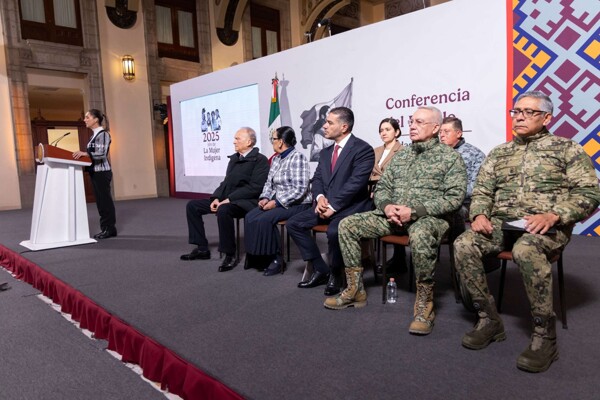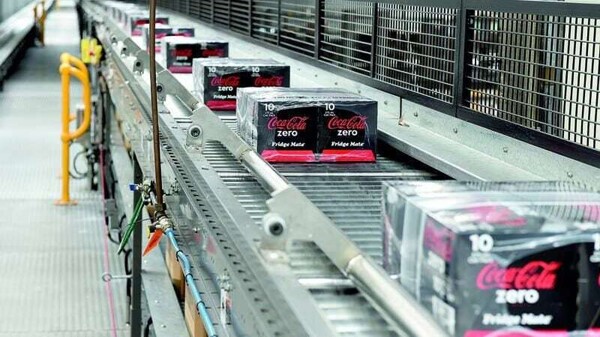
Trade negotiations between Mexico and the United States focus on the increase in imports from China by Mexico, which have nearly doubled in the last decade. Although Trump’s claim about the construction of large Chinese automotive plants in Mexico to export to the U.S. is unfounded, some companies, including GM, assemble vehicles in China for other markets. In Mexico, it is estimated that approximately 40% of GM cars sold in the country are assembled in China.
There is pressure for Mexico to prevent Chinese products from evading U.S. tariffs through its territory. Negotiations may involve sacrifices, especially regarding Chinese sourcing. Some automakers, both Asian and European, could face scrutiny over their compliance with the USMCA agreements, raising concerns in the industry about regional content and labor provisions.
Some companies may prefer to pay WTO tariffs rather than comply with the USMCA restrictions. Despite the fact that vehicles that do not meet the treaty requirements are not sold in the U.S., Trump expressed his displeasure for their production in China instead of in his country. The U.S. government seeks for Mexico's tariff regime for Chinese imports to align more closely with its own.
In 2019, Mexico imported Chinese products worth $130 billion, including automobiles, mobile phones, telecommunications equipment, and various consumer goods. Mexican negotiators will need to be cautious to avoid harming the competitiveness of companies that use Chinese inputs. However, it is likely that Mexico will have to make concessions if it wants to reach an agreement with the Trump administration.














